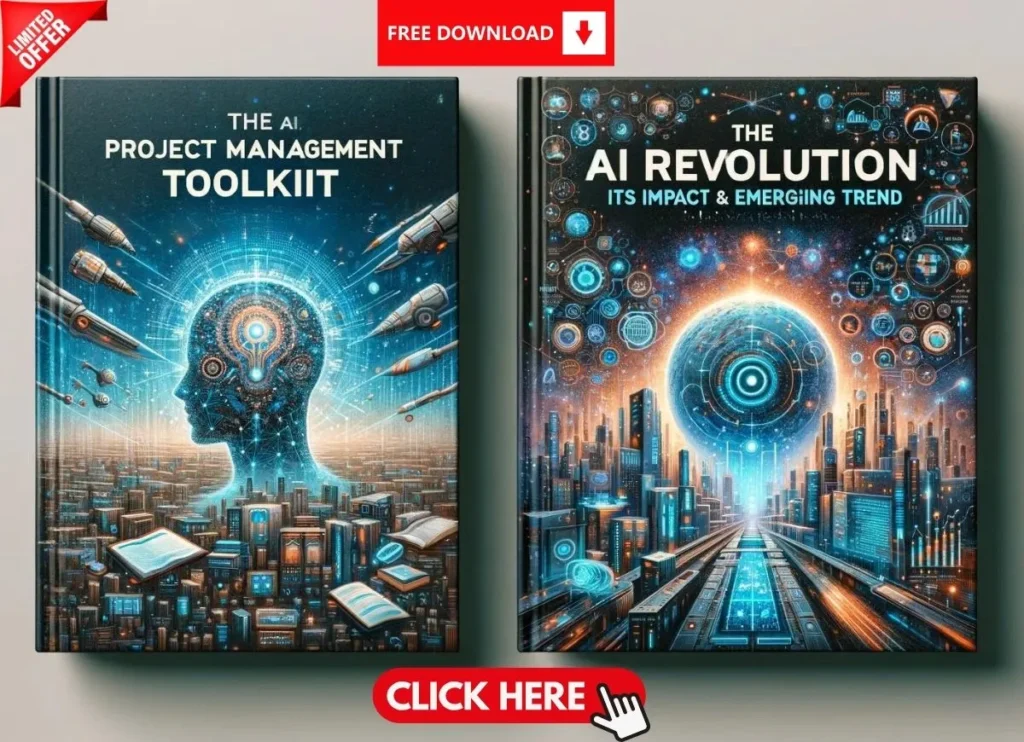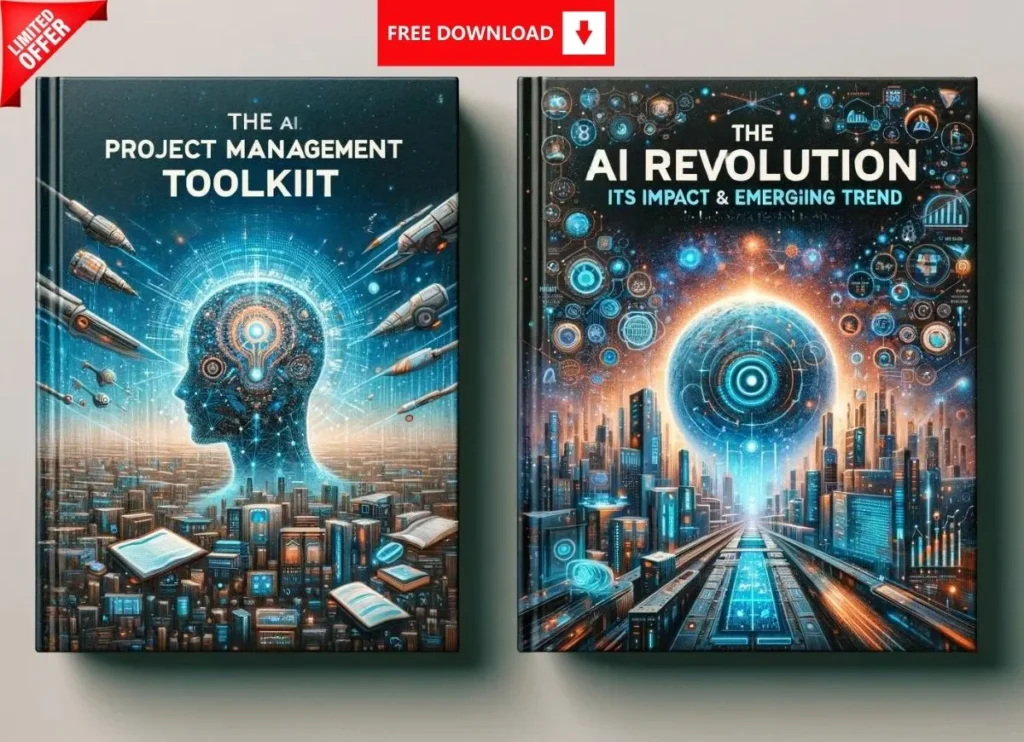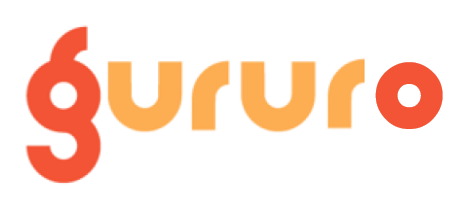Introduction
Did you know that 68% of hiring managers view a thoughtful follow-up as a sign of genuine interest, according to a CareerBuilder survey? Yet, many seasoned professionals hesitate, unsure if reaching out after an interview seems too forward. If you’re a project management veteran with 8-30 years of experience, you’ve likely aced countless interviews—but waiting in limbo for weeks can test even the most patient among us. Should you ask for a hiring timeline after an interview, or is silence the better strategy?
In this guide, we’ll unravel the art of following up with confidence and professionalism. You’ll discover when to act, how to craft the perfect message, and why this small step could clinch your next leadership role.
Bonus: Get an actionable tip right now—wait 1-2 weeks before following up unless a timeline was specified. Ready to take control of your job search? Let’s dive in.
Why Knowing the Hiring Timeline Matters
Managing Expectations
With years of project management under your belt, you know timelines drive success. The same applies to your job search. Knowing when a decision will be made lets you plan parallel opportunities, preventing you from stalling your career momentum.
Pro Tip: Treat your job search like a project—set milestones (e.g., follow-up dates) to stay proactive without obsessing.
Demonstrating Initiative
When It’s Appropriate to Follow Up
Timing is everything. Here’s how to gauge the perfect moment.
The Standard Waiting Period
Context Clues to Watch For
Consider the company’s size and industry. Large enterprises with structured HR processes (think Fortune 500s) may take 3-4 weeks, while agile startups might wrap up in days. Reflect on your interview—did they hint at urgency or delays? Adjust accordingly.
Expert Insight: If you interviewed for a project management role tied to a time-sensitive initiative (e.g., a Q2 product launch), a faster follow-up (7-10 days) might align with their pace.
How to Ask for the Hiring Timeline (Without Sounding Pushy)
You’ve managed complex stakeholders—now apply that finesse here.
Mastering Tone and Timing
Keep it polite, concise, and grateful. Frame your ask as curiosity, not pressure. Here’s a go-to phrase:
“I truly enjoyed discussing the role and remain excited to contribute. Could you share an updated timeline for the next steps?”
Pro Tip: Avoid phrases like “I need to know soon”—they imply impatience, not enthusiasm.
Choosing the Right Channel
What to Say: Sample Follow-Up Email
Crafting the perfect message is simpler than you think.
Template for Success
Here’s a polished email adaptable to any role:
Subject: Follow-Up on [Position Name] Interview
Hi [Interviewer’s Name],
I hope this finds you well! I wanted to thank you again for the opportunity to interview for the [Position Name] role at [Company Name]. Our conversation about [specific topic from interview] reinforced my enthusiasm for joining your team.
I know things can get busy, so I just wanted to kindly check if there’s an updated timeline for the next steps in the hiring process. I’m eager to bring my skills to [Company Name] and contribute to your success.
Thanks again, and I look forward to hearing from you!
Best regards,
[Your Full Name]
[Your LinkedIn Profile URL]
[Your Phone Number]
Customizing for Project Management Roles
“I’m particularly excited to apply my experience in [specific skill, e.g., risk management] to your upcoming projects and would love to know the timeline for next steps.”
Handling Responses (or Silence)
Every outcome requires a strategy.
Positive Replies
- If they respond with a timeline (e.g., “We’ll decide by March 25”), reply with:
“Thanks so much for the update—I’m thrilled to stay in the running and look forward to hearing from you!”
Delayed Decisions
“I appreciate the update and completely understand. Please keep me posted—I’d love to contribute to [Company Name].”
No Response? Here’s What to Do
No reply after a week? Send one final, brief note:
“Hi [Name], just wanted to touch base in case my last email got lost in the shuffle. I’m still very interested—any updates on the timeline?” After that, shift focus to other prospects.
Expert Tip: Log follow-ups in a spreadsheet—dates, responses, next actions—to stay organized, just like a project plan.
Case Study: How a Follow-Up Won the Job
The Scenario: Sarah, a project manager with 15 years of experience, interviewed for a Senior PM role at a tech firm. Three weeks passed with no word. She sent this email:
“Hi [Name], I hope all’s well! I loved learning about your team’s agile approach during our interview. Any updates on the hiring timeline for the Senior PM role?”
The Result: The hiring manager replied, apologizing for a delay due to budget approvals. Sarah’s email kept her top-of-mind, and she landed the job a week later. Her secret? Professional persistence.
Lesson: A single follow-up can tip the scales when decisions drag.
Key Takeaways & Actionable Tips
Here’s your cheat sheet:
- Wait Smart: 1-2 weeks is standard—adjust for context.
- Stay Polished: Gratitude + enthusiasm = a winning tone.
- Limit Follow-Ups: Two max, then move on.
- Keep Searching: Don’t pin all hopes on one role—treat opportunities like a portfolio.
Final Thought: Asking for a hiring timeline after an interview isn’t pushy—it’s proactive. With decades of experience, you’ve earned the right to take charge. Follow up, stand out, and land that next big role.
Preparing for a project management interview? Learn how to tackle common interview questions and master key frameworks by reading our comprehensive guide here.







